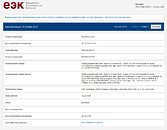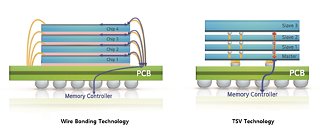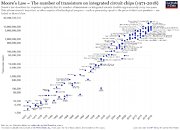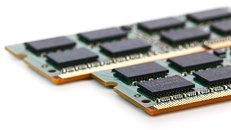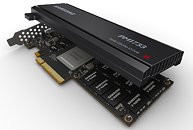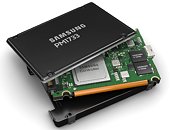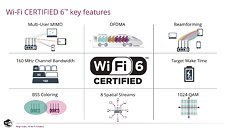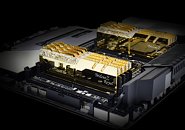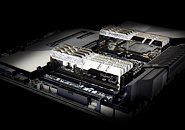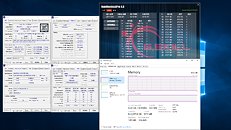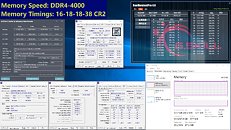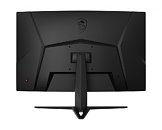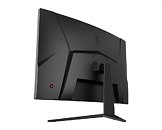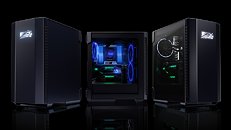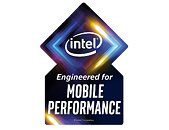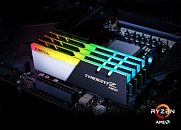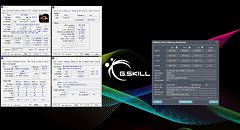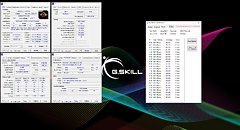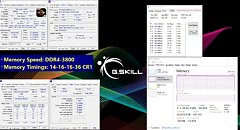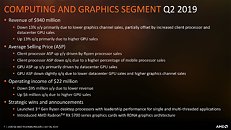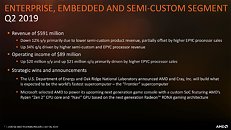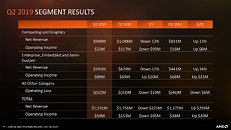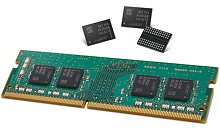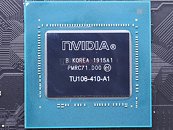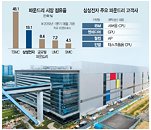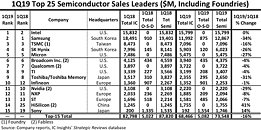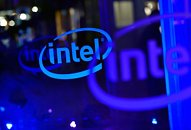
Intel "Tiger Lake-U" Processors Could Support LPDDR5 Memory
Intel's Core "Tiger Lake" microarchitecture could be a point of transition between DDR4 and DDR5 for the company. Prototypes of devices based on the ultra-compact "Tiger Lake-Y" SoC were earlier shown featuring LPDDR4X memory, although a new device, possibly a prototyping platform, in the regulatory queue with the Eurasian Economic Commission describes itself as featuring a "Tiger Lake-U" chip meant for thin and light notebooks and convertibles. This device features newer LPDDR5 memory, according to its regulatory filing.
LPDDR5 succeeds LPDDR4X as the industry's next low-power memory standard, offering data-rates of up to 6,400 MT/s (versus up to 4,266 MT/s of LPDDR4X), and consumes up to 30 percent less power. This prototype at the EEC is sure to be using unreleased LPDDR5 memory chips as DRAM majors Samsung and SK Hynix plan to ship their DDR5-based memory solutions only by the end of this year, although mass-production of the chips have already started at Samsung, in PoP form-factors. A successor to the 10th generation Core "Ice Lake," "Tiger Lake" will be Intel's second CPU microarchitecture designed for its 10 nm silicon fabrication node.
LPDDR5 succeeds LPDDR4X as the industry's next low-power memory standard, offering data-rates of up to 6,400 MT/s (versus up to 4,266 MT/s of LPDDR4X), and consumes up to 30 percent less power. This prototype at the EEC is sure to be using unreleased LPDDR5 memory chips as DRAM majors Samsung and SK Hynix plan to ship their DDR5-based memory solutions only by the end of this year, although mass-production of the chips have already started at Samsung, in PoP form-factors. A successor to the 10th generation Core "Ice Lake," "Tiger Lake" will be Intel's second CPU microarchitecture designed for its 10 nm silicon fabrication node.
